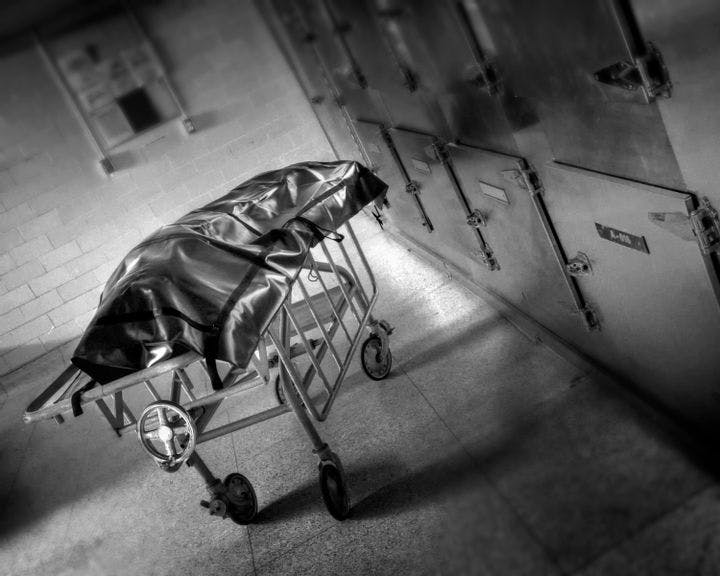Winter 2012
Imaging technology is becoming more useful than autopsies
– The Wilson Quarterly
Imaging technologies can establish an accurate cause of death in many cases, sharply reducing the number of autopsies that need to be performed.
Americans seem to love television dramas revolving around the work of medical examiners, but in the real world, pressure has been mounting for medicine to develop an alternative to autopsies. Grieving families shocked by the unexpected death of a loved one are often reluctant to consent to the grim procedure, and Jews and Muslims object on religious grounds. (Autopsies are most often performed in cases where the cause of death may have been unnatural.) A study by British medical scientists suggests that imaging technologies can establish an accurate cause of death in many cases, sharply reducing the number of autopsies that need to be performed.
In the study, radiologists used computed tomography (CT) and magnetic resonance imaging (MRI) scans to determine a cause of death for 182 people. They also rated their confidence in their diagnosis. After the scans were completed, pathologists performed traditional autopsies. Radiologists produced a cause of death that accorded with pathologists’ findings in 68 percent of cases when they used CT scans and in 57 percent of cases when they used MRI scans. (The most frequently misdiagnosed conditions were coronary heart disease and pulmonary embolism, which are difficult to detect with imaging technologies.) More important, though, is that the diagnoses in which the radiologists used the scans and reported a high degree of confidence were correct 84 percent of the time. That success rate is high enough to give the techniques practical value.
Imaging has several advantages over autopsy, the authors note. It more accurately detects collapsed lungs and select fractures and brain tumors. It also produces a permanent record of images that can be revisited and easily audited.
The rate of error is too significant for imaging to replace autopsies altogether. But used in tandem with other methods, the technique can make formulating the cause of death easier and more accurate. The authors propose using imaging as a “preautopsy screen” that can help determine when autopsies are unnecessary. If MRI and CT scans were coupled with an angiogram to check for ailments that imaging technologies aren't good at capturing, the authors predict, the number of conventional autopsies could be cut by about 50 percent.
* * *
The Source: "Post-Mortem Imaging as an Alternative to Autopsy in the Diagnosis of Adult Deaths: A Validation Study" by Ian S. D. Roberts, Rachel E. Benamore, Emyr W. Benbow, Stephen H. Lee, Jonathan N. Harris, Alan Jackson, Susan Mallett, Tufail Patankar, Charles Peebles, Carl Roobottom, and Zoe C. Trail, in The Lancet, November 22, 2011 (online).
Photo courtesy of Flickr/John Ryan
